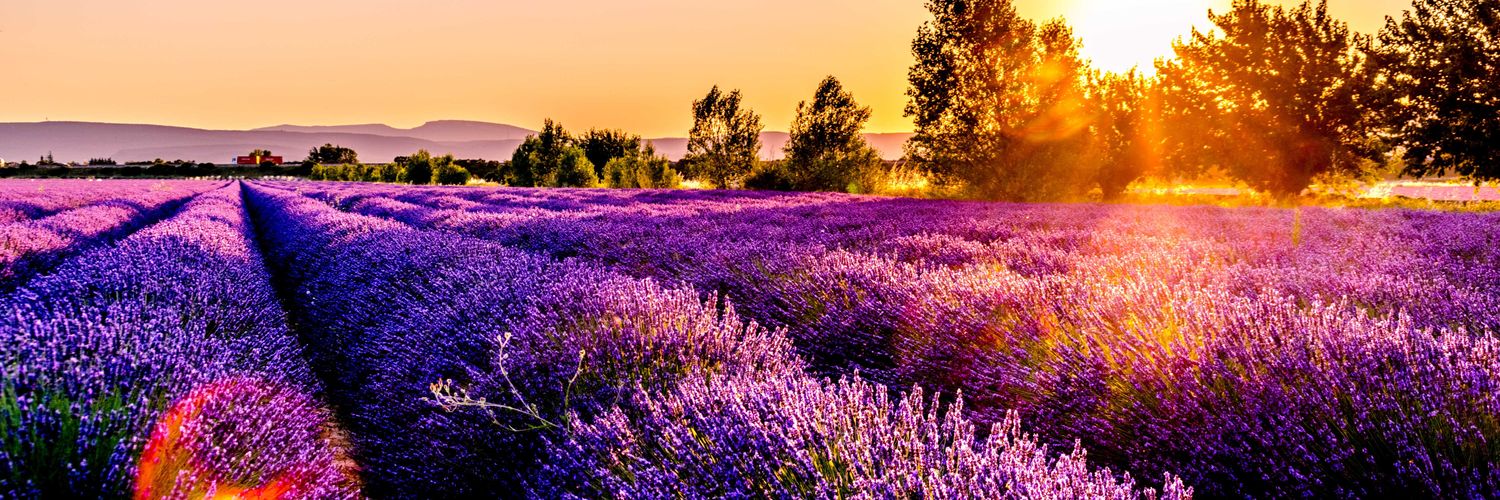New shoots sprang up in the meadow the first day I entered the sweat lodge. The evening was crisp, hawks hung on the breeze, and the fire crackled. A peace I’d not known previously settled upon me as I waited, watching. The elder prepared the prayer ties, arranged objects on the alter, and filled the pipe with a mixture of sage and tobacco.
Later, having crawled inside the dome-shaped lodge, supported by willow branches and covered with tarps and blankets, I sat in a community circle. Warmth filled the lodge as glowing stones were brought in one by one and placed in the center. After the first seven stones entered and prayers were said, the elder offered an explanation.
“This is the safest place on Earth,” he began.
“It’s a return to the womb of the mother,” he continued.
We enter the sweat lodge as a purification ceremony. It is where we pray to be reconstructed, made anew. It is where we acknowledge the gifts of our ancestors, pray for help and health, both for ourselves and our loved ones. It is a place of healing, where medicine envelops and toxins are purged.
Sitting on the earth, feeling the fire from the stones, seared by the steam that arose each time the elder poured water, longing for the coolness of the night air outside, I felt the sacrificial nature of this ceremony. Choosing to sit in this place to pray reminded me of the essential elements of life: fire, water, air, earth, interconnection, and humility.
In this place we pray for the creepy crawlies, the four leggeds, the winged ones, as well as our two-legged brethren. The full circle of life is honored in this place. We sit in the lodge so that when we re-emerge we are better able to offer ourselves to our community.
Exiting the lodge for that first time, crawling out with an acknowledgment of “all my relations”, a centered, although exhausted, gratefulness overwhelmed me. The moon shone above and we dressed slowly, silently, each incorporating the medicine offered in that symbolic womb.
The sweat lodge has become a sanctuary for me, one that I’ve returned to on a monthly basis for the last 14 years. It’s my home, it’s a church, and it’s sacred.
And, my practice has been a source of tension for me. As a white woman trying to be diligent about disrupting racism and dismantling privilege, I have recognized the need to interrogate my participation.
“I was invited in”, I’d say, thinking about my elder, trained in the Lakota tradition. I’d recall his words, “You are doing what your ancestors should have done when they first arrived on this land.” “You’re praying to make the way clearer for us all as we move forward.”
And yet, I’d hear people talk about “cultural appropriation” and what it meant that white people participated in traditions not their own.
Yes, it’s true. I found solace in the sweat lodge in ways not found through my American customs.
Yes, it’s true. My various European ethnic heritages did not provide me with a tradition that resonates with me and offers me this level of community.
“But, I’m not trying to be what I’m not,” I’d console myself, knowing that I don’t try to claim that the fullness of my life represents Native American religious practices.
For years, I wondered, I struggled, I sat, I sweated, and I admitted what felt like a contradiction. I am committed to this practice, and in doing so I’ve adopted another’s cultural practice as my own. Is this cultural appropriation? Is it wrong what I’m doing?
To some, they do see my participation as problematic. For others, my level of respect and devotion satisfies. From my elder’s point of view, this practice is for everyone, regardless of cultural origin. But, not all people of Native American descent share his perspective.
For me, I remained both devoted to the practice and simultaneously a bit self-critical.
I then read the newspaper in October 2009.
Sonoma, Arizona. A white man named James Arthur Ray charges people upwards of $9,000 to participate in a week long initiation journey that utilizes various spiritual practices and trials to help the individuals find their warrior within…or something like that.
The culminating experience is a community sweat lodge. People died.
That lodge was not the safest place on Earth. Instead, it was rendered deadly.
The ego and hubris of a white man turned a sacred ceremony into a money-making venture.
A purification ceremony within mother’s womb was turned into a trial to be overcome.
A sanctuary space for prayer was turned into a prison from which people begged for release.
We spoke about the tragedy the following week in our lodge. We prayed for the victims. We prayed for those responsible. And, we prayed that there would not be a reaction against those who participate regularly in this ancient ceremony.
For that is also one of the dangers. Cultural appropriation often distorts the beauty of the original form.
Worse, blind appropriation and defensive egos shield people from recognizing the harm they perpetuate on others. Within weeks of the deaths, the white man was busy offering workshops and lectures, telling audiences that he prays for the families of those who died. At not time does he publicly recognize the role he played, his lack of humility and use of privilege to take and modify what he had no right to desecrate.
Weeks later, I sit, I consider, I write…
Must I still question myself regarding how my life might involve cultural appropriation?
Yes, of course. It’s a healthy question to ask, repeatedly.
But, can I speak out, as a white woman, against a white man, charging him with an offensive and deadly form of cultural appropriation even though I am not part of the culture from which the practice was taken?
Yes, of course. It’s my duty.
